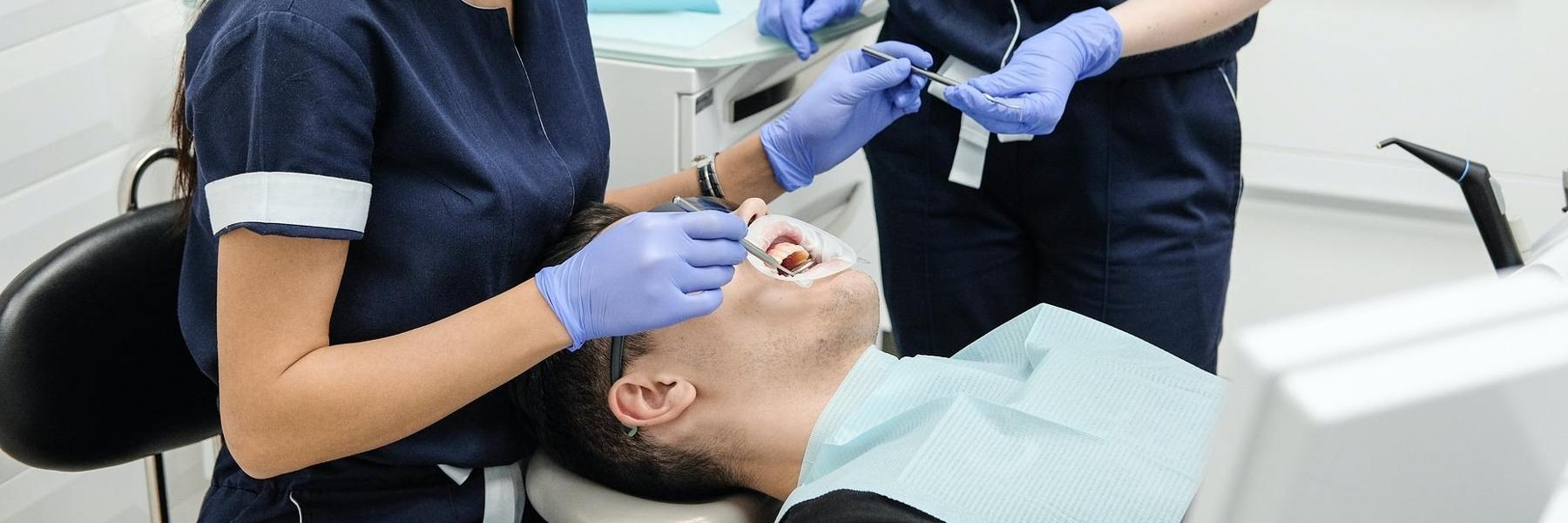
Have you experienced bleeding or tender gums and wondered, what's going on? You may be suffering from periodontal disease. Periodontal means around the tooth, or in other words, your gums.
Periodontal disease, otherwise called gum disease, appears when the ligaments, gums, and bones around your teeth get inflamed and infected. It's best that you know the symptoms, methods of prevention, and the reason it happened so you can best protect your oral health.
However, you're not the only one suffering from this troublesome disease. Reports show that approximately 42 percent of the adult population in the US age 30 and over have periodontal disease.
If you suffer from gum disease and leave it untreated, it can cause more serious oral and physical health issues.
What To Do To Prevent Periodontal Disease?
Practicing good oral hygiene with regular cleanings at your dentist can assist in preventing periodontal disease. While persons with a severe case of this disease can get treatment, it will require extensive care to be successful.
Various treatments are available such as deep cleaning the root surface of the teeth, which is under the gum, or medications taken orally or surgically placed beneath the gum.
To correct or stop gum disease, you should brush and floss your teeth daily to help remove the bacteria that causes it. If you have warning signs, you should see your dentist at least once per year to get checked.
During a check-up, your dentist will evaluate your gums for signs of gum disease; this includes checking the firmness and color of your gums. A periodontal probe is placed between the space of your teeth and gum and this distance is measured.
If you brush your teeth twice per day, it doesn't mean you'll get rid of all the plaque around the gum line. Once that plaque hardens, you’ll have to visit your dentist to get it off.
What Causes Periodontal Disease?
The leading source of gum disease is toxins from the unchecked bacteria from plaque build-up. If you don't remove these build-ups, the toxins can spread below the gum line, causing irritation and breakdown of the area around it.
Your gum will start pulling off from the teeth, causing what's known as periodontal pockets, which is the space now open between the gum and the teeth. The more these pockets deepen, the higher risk they will get infected and continue destroying the tissues around them.
After a while, the destruction will take a toll on your teeth which causes them to loosen, and you may even lose them. The indications of periodontal disease differ from person to person. Some may have no symptoms, and others may have severe signs of recession and pain.
Symptoms of Periodontal Disease
You can be vigilant about oral health by looking for warning signs of gum disease.
-
Swollen, bleeding, red, and tender gums
-
Pain when chewing
-
Loose tooth
-
Abnormal sensitivity, especially around the gum line
-
Constant bad taste in your mouth
-
Bad breath
-
Gums that are pulling apart from the teeth
-
Sensitive teeth
Risk Factors
Some factors can make the periodontal disease more critical. Some of these factors are poor oral hygiene, hereditary, smoking, stress, crooked teeth, defective filling, underlying health problems, hormonal changes in women, and diabetes.
When Do You Need to See a Periodontist?
You should schedule an appointment with a periodontal dentist if you notice any of these warning signs. They'll examine your mouth and confirm if you have gum disease and any associated infections.
They may also do x-rays to see if there have been changes in and around your teeth.
If you're having tender, bleeding gums, don't ignore it; contact us at Texas Periodontal Associates, where you'll find someone who can help you find the root cause and get treatment. The faster you find out the problem, the less damage will occur.

